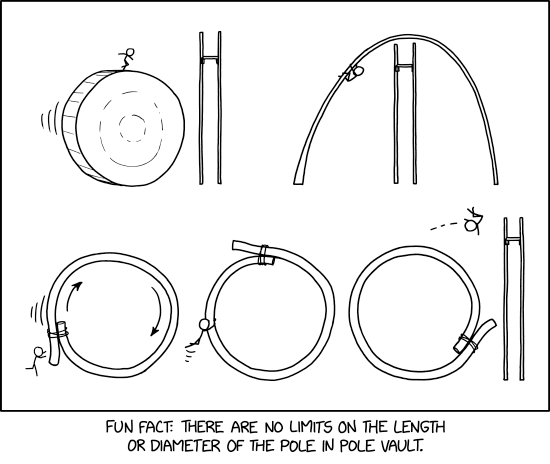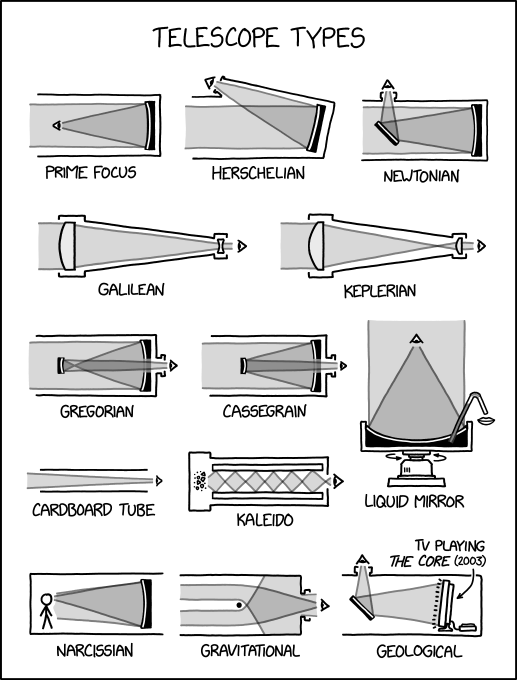Yesterday after work I did a library run (more Rick Riordan!) on the way to pick up a hire car for the weekend. Then drove with Charles over to Northstowe for the Kodiaks Christmas party at the Northstowe Tap and Social. Secret Santa, noodles buffet, attempting to introduce an American to prawn crackers - she didn't like them - and a drag queen bingo.
I left the party a little early to go to the last Warbirds practice of the year and was so glad to be back on the ice again. (Yes, in shock news, 48 hours after having a massive mood crash about having a cold forever, I was well enough to skate hard for 90 minutes. It is a weird signal, but a consistent one.) It was ten days since my last practice, and it's now ten days until my next one (Kodiaks 2 on 30 Dec). I missed it so much. Practice was just the right level of challenging that I'm really pushing myself but not feeling like a hopeless incompetent, it was just what I needed, as was seeing my teammates again.
(Charles made his own way home from Northstowe by bus)
Tonight is the last Kodiaks 1 game of the year, for which I will be herding the volunteers as usual, and rocking my lovely new manager's coat (incredibly warm knee-length hooded puffer coat, personalised with the club logo and my initials). There is apparently a post-game clubbing plan. And tomorrow morning I'm taking Nico climbing. Somewhere in there I'm sleeping, honest.
I have 2.5 more days to work this year, and I am so ready to be done. The giant Ocado order is booked for Tuesday evening. I have a very large pile of borrowed books to read, and the rink public skate schedule in my calendar. The hot yoga place had a special offer, so I also have a 12-day pass to get me through the lack of hockey practices. They are quite strict about turning up sick, and I still have a bit of a cough this morning, so I won't be using it today. But hopefully tomorrow.




